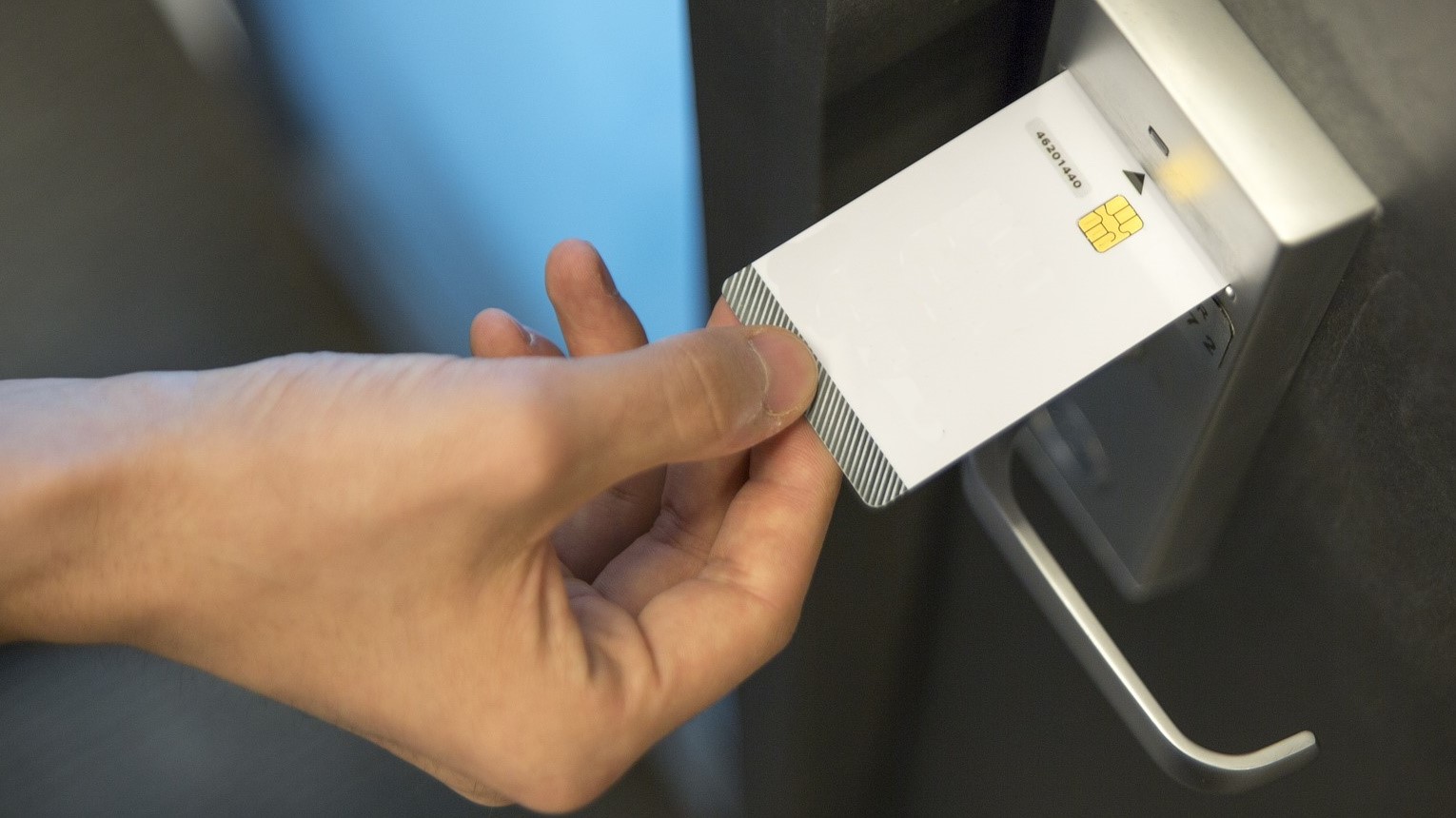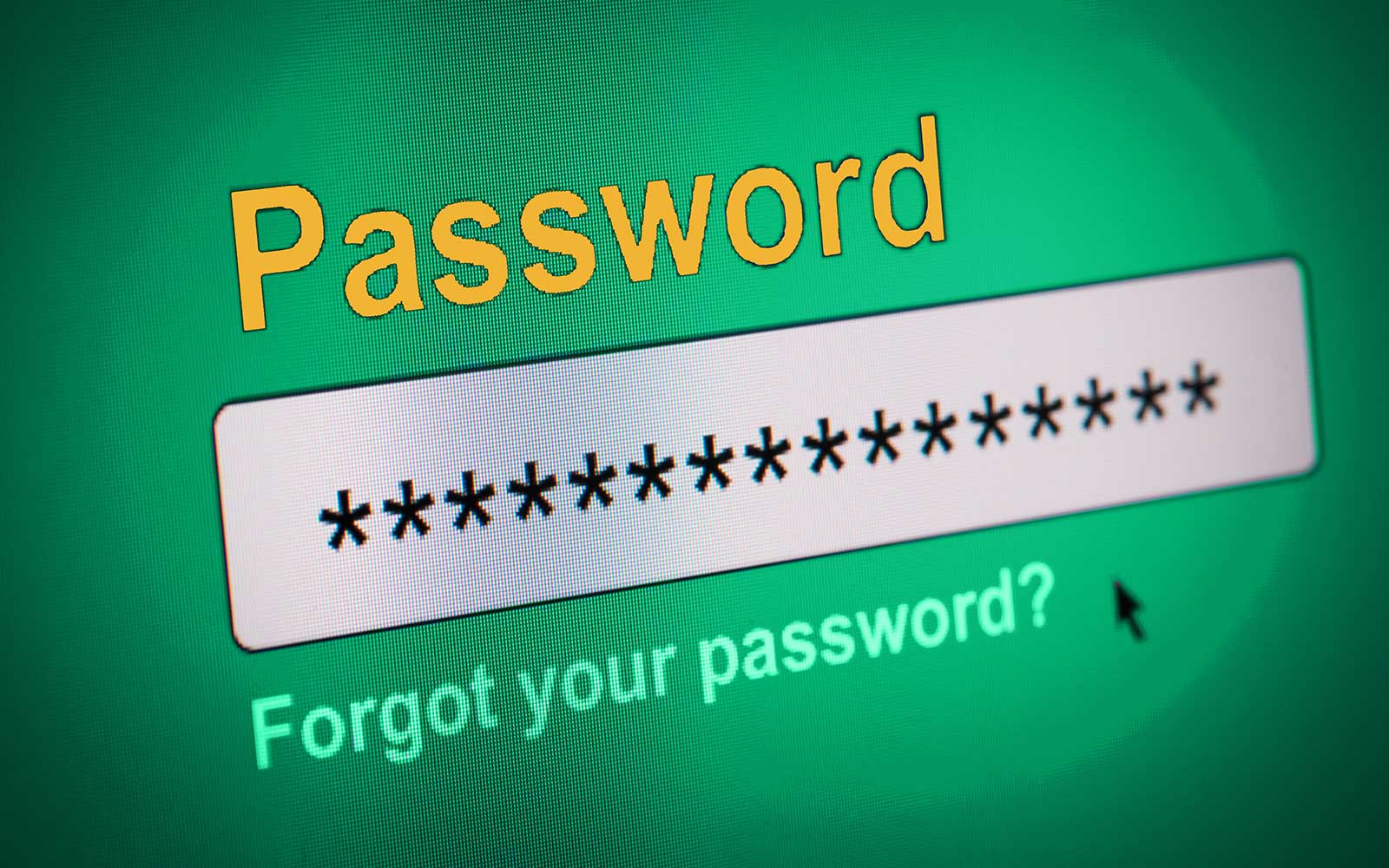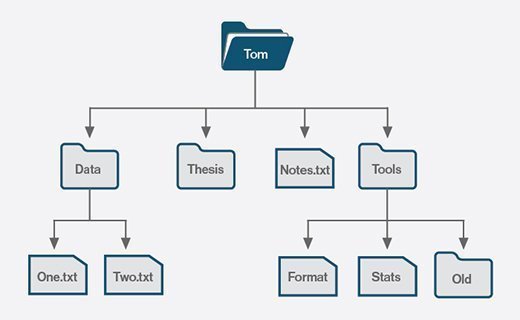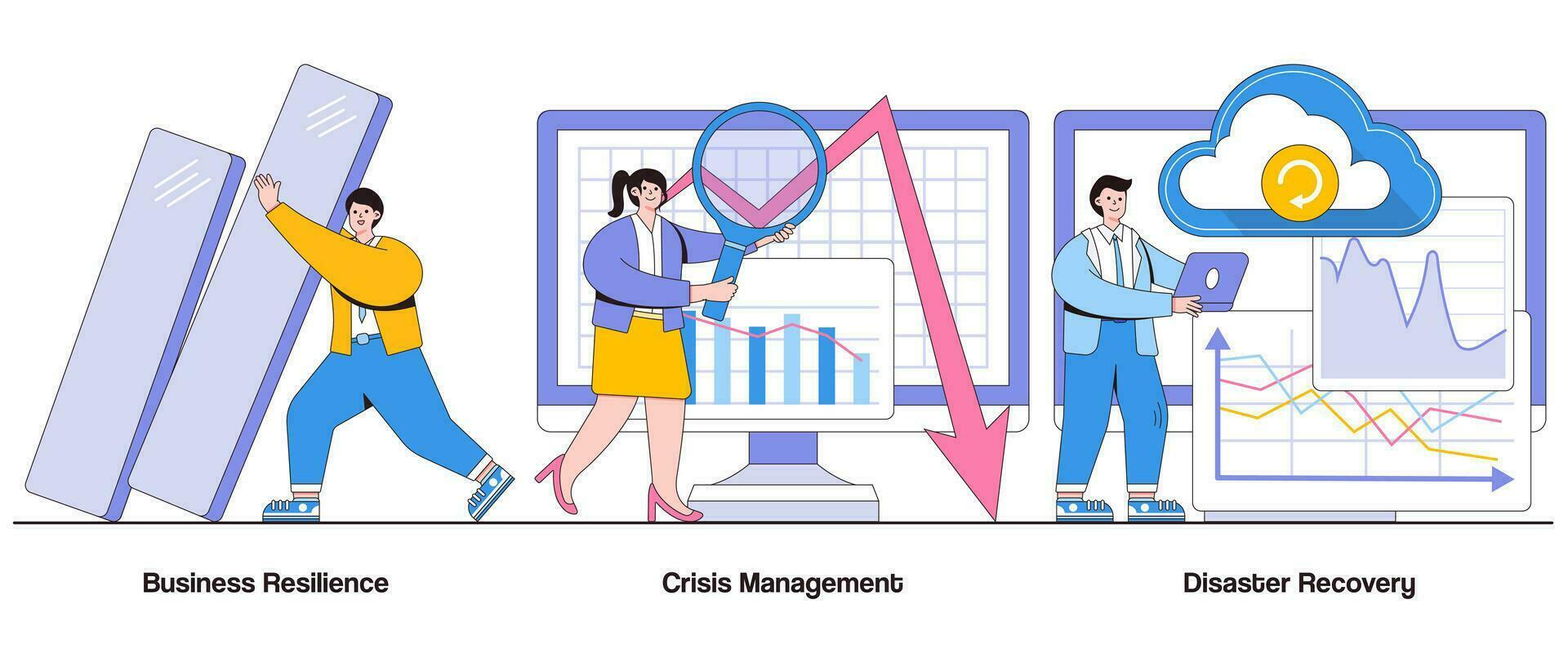If you are managing a startup firm, you might have faced organizational data security issues such as unauthorized access, exposure of data to other networks, illegal modification of the network system, or stealing significant information stored on company databases, computers, or VPS servers. Today, both startup and established organizations are encountering two big challenges. Privacy challenge of protecting organizational data, and cyberattacks. Data breaches and cybercrime risks are usually caused by outer cyber attackers or insider hackers who intentionally take advantage of the security system. Having illegitimate access to data sources, the hackers misuse legitimate credentials and steal or manipulate the company’s data. Consequently, malicious insiders expose sensitive information to other network systems or users. The serious issue of data breach damages a business’s reputation in the market.
The article helps readers know about the importance of data security and the technical aspects that help protect data. Companies will get valuable information regarding preventing data breaches and cyberattacks. For instance, businesses learn about precautions that help them avoid unauthorized access to sensitive data and implement robust security and response plans to monitor data activity.
Knowing about Data Security Management
Whether you running a medium-sized enterprise or an established organization, understanding data security issues is significant in safeguarding a company’s confidential data through various processes such as data masking, encryption, and anonymization of sensitive information. Stealing or damaging the company data has caused different challenges to companies including financial loss, protect the identity and privacy of data, ownership of data subjects, compliance violation, and reputational damage. Consequently, data breaches also diminish brand image and customer trust. It may cause billions of dollars in loss to the company as they fail to retain their potential customers and partnerships with businesses and stakeholders.
From performing business operations to securing a computer network, sustaining the privacy of data, and disaster recovery, data security has different functions.
Best Practices for Data Security and Protection
1. Powerful access controls
According to this data security principle, companies provide limited access to users regarding getting access to confidential systems and data. All security devices including computers and servers are protected with obligatory login entries, and passwords that can only be used by authorized personnel. An expert team like Brightlab provides security codes to users or any programmer to get the required information.
2. Strong Password Policies
Companies can protect their security systems including computer systems, networking, data, and information system from unauthorized access, theft, and damage by setting strong passwords in their security systems. Having a secret number gives identification to the corporate networks. Moreover, fixing passwords in computers, in the cloud, emails, and other digital communication systems will not allow criminals to get unauthorized access to the security systems.

3. File systems help in securing data
Another important method to store unorganized data is to employ a file system. A compact file having different sections, separate the files and data into portions and give each unit a name or put a label. The filing system helps users to identify the file and gain access to the information required.

4. Operational security manages and safeguards confidential data
The function of operational security demonstrates the processes for handling and protecting data assets. Applying traceability, companies conduct monitoring, alerting, and auditing of significant information. The consent users have networking access that helps them know the local place where data is stored. Moreover, it also explains how users can have access to confidential resources and information.

5. Data availability
Expert users get access to systems and networks that help companies avoid security configuration errors. Security standards ensure crafting safety configurations to make backups of important data. Furthermore, it also prevents data breaches and compliance violations.
6. Disaster recovery and business stability
The function outlines how an organization responds to a cyber-security incident to prevent the stealing of data. Disaster recovery help companies reestablish their business operations and gain the same operating capacity as before the disaster. To let businesses thrive again, companies have adopted robust security systems and resources. Android app development services allow companies to employ different apps and technologies that protect security systems, servers, and assets. They ensure secure backup of data and fulfill restoration needs. Various security apps operating on mobile devices keep the device free of threats and ensure the reliability and privacy of data. Additionally, the app also classifies data and specifies different encryption levels for each data. Hence, data encryption ensures that the information is encoded before it is accessed by a user.

Understanding the Fraud Threats
Companies that are engaged in online business face fraud and scam cases in varying forms. Numerous types of fraud have been observed in corporate firms such as credit card fraud, stealing credentials and personal data. By demonstrating fake information, the fraudulent create a forged account, and they use linked accounts to exploit the users. Mismanaging funds is another business fraud that is widely seen in companies. This kind of fraud has become common in most companies. Employees and business owners exploit company funds to get offerings or special favors.
In most companies, employees do payroll fraud. They ask for advance payments with no intention to repay. Corrupt workers simply lie about their working hours and other details and manipulate the management. Return fraud is another deceitful activity. It happens if a customer buys a product, uses it, and then returns it to the company with the statement that the product has a manufacturing defect. Or in many cases, the product may be stolen or unavailable. The dealer instead of stating the fact makes excuses and earn high profit by delivering the wrong item to customers.
Dubious and unscrupulous behavior comes under fraud cases that are detected through technological tools and procedures. To prevent the theft of money, information, and assets, companies have come up with robust strategies to prevent fraudulent cases before it hampers business reputation in the market.
Fraud detection and prevention Strategies
Companies identify different kinds of fraud threats by employing different methods. Fraud analysts get to engage with manual processes to detect fraud. They employ different techniques to spot discrepancies in a document. For instance, the experts scrutinize manual documents to analyze the text style, alignment, spacing, and color to identify real and fake personal information. Moreover, companies use AI and machine learning technology to prevent fraud. Mobile application development assists companies with installing apps that work around the clock.
Using effective mobile forms app helps mobile application development companies to transfer their data from one server to another securely. Moreover, security apps performed efficiently as they keep the organization informed if they detect any illegal activity. The apps integrated with machine learning consistently monitor organization data, funds, and assets. It allows businesses to use probability models to detect false data and other suspicious activities. AI techniques help in monitoring the growing fraud threats, allowing companies to stay alert regarding new threats and provide prompt solutions to deal with upcoming fraud events.
Understanding Cyber Threats
The next part of the article provides knowledge of cyber threats and types of cyber threats. Readers come to know about various forms of Cyber attacks such as Malware, Phishing, Ransomware, and Denial of Service Attacks (DDoS). Knowing about these cybercrimes helps users to protect their data from fraudulent attacks.
Let’s begin by knowing what cyber security threat is and how business can protect their data from these cyber-attacks!
In recent years cyber security threats have largely increased in organizations. The hackers take advantage of security loopholes and vulnerabilities in security systems that provide illegal access to data, and confidential information. Consequently, cyber threats emerge from corporate spies, hacktivists, or criminal organizations that use computer networks and various technologies to get involved with malicious and illegal activities.
Some common cybercrimes include:
- Scammers use Phishing and Scam
Cyber attackers target users or organizations by sending false messages and emails to get complex company data. They use this malicious software to send scam emails or text messages to steal passwords, account numbers, or social security numbers. The scammers trick users by sending unexpected emails or text messages such as suspicious activity of signing in from their account. The cybercriminals assure the users that since the account has technical issues, they should contact the organization and provide personal or financial information. Scammer’s fake emails and messages may make companies lose their confidential data and suffer reputational damage.
- Malware software
Malicious software, Malware comprises various components that help attackers get access to the company’s network or servers to obtain sensitive information. For instance, by using Spyware, criminals track the company’s ongoing activities. They steal personal information, such as account passwords and credit card numbers, and transmit confidential data easily from hard drives.
Ransomware is malware that rejects a user or organization’s access to files on their computer. The convicts demand a ransom payment to get the decryption key. As the organizations get influenced by their tricks, they get the economical methods to regain access to significant files.
Since backdoor circumvents deny normal authentication procedures to access a system, cybercriminals get remote access to resources within an application. Culprits identify their targets by using scanners to locate the required websites. Then they reach underlying serves and databases to remotely access the security system. Moreover, the lawbreakers also get access to issue system commands to involve data theft and website hijacking.
- Internet Fraud
Criminals get involved with different forms of Internet fraud. For instance, cybercrimes include banking fraud and data theft. Cyberstalking refers to sending destructive and humiliating content about an individual online. The offensive content causes embarrassment and damages the users’ reputations.
- Distributed denial-of-service (DDoS)
The attackers use crucial secure networks and servers to occupy a company’s website. Using (DDoS, the criminals overload servers, and slow down the website speed and performance. The hackers make the website appear temporarily offline. Consequently, it brings the company’s sales and profit down since customers are unable to get access to the website to make orders and engage with online purchasing.
Cybersecurity Frameworks and Standards
The app users learn about IT security frameworks and standards that provide essential knowledge to cybersecurity experts regarding managing and protecting a company’s data, and disaster recovery. Control frameworks create cyber security strategies for the organization and set high data security standards to improve security control and avoid cyber risks.
Program frameworks help companies meet cybersecurity challenges. The framework creates a comprehensive cybersecurity program that safeguards infrastructure, data, and information systems. The plan evaluates the existing state of the organization’s security program and helps the organization follow standard cyber security practices to prevent cyber risks in the future.
Risk Frameworks provide significant information about network security measures. They outline the essential processes for risk assessment and management. It comprises a security program for risk management and disaster recovery. Moreover, the framework analyzes an organization’s security risks and helps companies to take significant security measures to manage their organization’s information security systems.
Network Security Measures
Companies can use security devices and methods that monitor computers, servers, and networks and ensure that sensitive data is not copied or stolen by hackers. The security apps have a strong security control application system that detects cybercrimes.
1. Firewalls
A firewall is a security feature that protects an organization’s systems and devices from hackers. It is fixed in devices, such as routers or servers. It analyzes a computer’s incoming and outgoing traffic, the system scans the unwanted traffic and prevents harmful activities to enter the organization’s network. In case, if they get any evidence of suspicious activity, they restrict incoming traffic by detaching the networks. Moreover, Firewalls prevent data leakage to third-party servers and avert hackers to get unauthorized access to the company’s security systems. The organizations use Packet Filtering Firewalls, Proxy Firewalls, and Next-Generation Firewalls that strengthen detection and prevention systems.
2. Intrusion prevention systems (IPSs)
Another effective network security system is Intrusion prevention systems (IPSs). As soon as the security system detects any cyber attack or threat, IPS instantly responds to the cyber threats by blocking the hacker’s sites. As this prevention system (IPS) has become a significant component in security architectures, it monitors network traffic and scans to detect unusual traffic flows. Furthermore, it also inspects digital communication networks to avoid unauthorized access to the security network.
3. Access to VPN
VPN provides secure access to a company network to the users by building a virtual channel between the company’s network and a distant client. VPN secures authentication and encryption of all transmitted data. Therefore, it reduces the chance of data breaches. An unauthorized person will not be able to get access to the company’s security network to copy or steal essential data. Thus, VPN help maintains the confidentiality and integrity of sensitive organizational data.
4. Biometric Identity
Biometric identity is increasingly used in network security to prevent unauthorized users to reach the company’s security network. Biometric technology includes fingerprint identification, face detection, and eye scanning. To confirm the user’s authorization, organizations have integrated biometric systems into their authentication methods. Biometric authentication implies that users incorporate their login information to validate their identity. Biometrics brings great benefits to the organization including face recognition and making various security processes much easier and more accessible.
5. Artificial Intelligence and Machine Learning in Data Security
The security log involving machine learning algorithms analyzes large volumes of security data in real-time. For instance, AI detects unreliable activities including security breaches, unauthorized access, or unusual data transfers. AI tools integrated in network security monitor suspicious and unusual traffic on the network. The tools identify devices that are not authorized, allowing companies to instantly respond to significant security events. AI help improves network security by lessening the risk of data breaches and other security incidents.
6. Blockchain Technology for Secure Transactions
Blockchain security provides a secure platform for transparent online transactions. Blockchain technology comes up as a risk management system for companies. Incorporating cybersecurity frameworks, Blockchain technology lessens the risks of fraud and cyber-attacks. As the technology is based on decentralization principles, it makes it hard for hackers to enter financial systems and launch cyber-attack. Blockchain systems automate the process of validating and executing transactions. Hence, it ensures that all data on the blockchain is encoded, secure, and protected from unauthorized access.
Conclusion
Cyber-attacks have become widespread these days. Organizations are facing various forms of cybersecurity risks such as data breaches, hacking websites and security systems, and computer viruses. Security systems get exposed to fraudulent attacks due to inadequate and outdated security systems, weak passwords, and inefficiency of security personnel. Organizations have adopted different cyber threat detection tools that protect security systems from cyber threats. For instance, Firewalls control traffic on networks and protect systems from hackers. Access control identifies the users and denies unauthorized access to individuals. VPN and Cloud Network Security monitor the traffic entering the network, safeguard the official data from leaks and prevent data breaches and other cyber-crime events. Furthermore, organizations also use advanced cybersecurity tools integrated with AI and machine learning. AI software delivers fast and proficient security solutions to companies and safeguards the security systems through device monitoring, and anti-theft protection.







